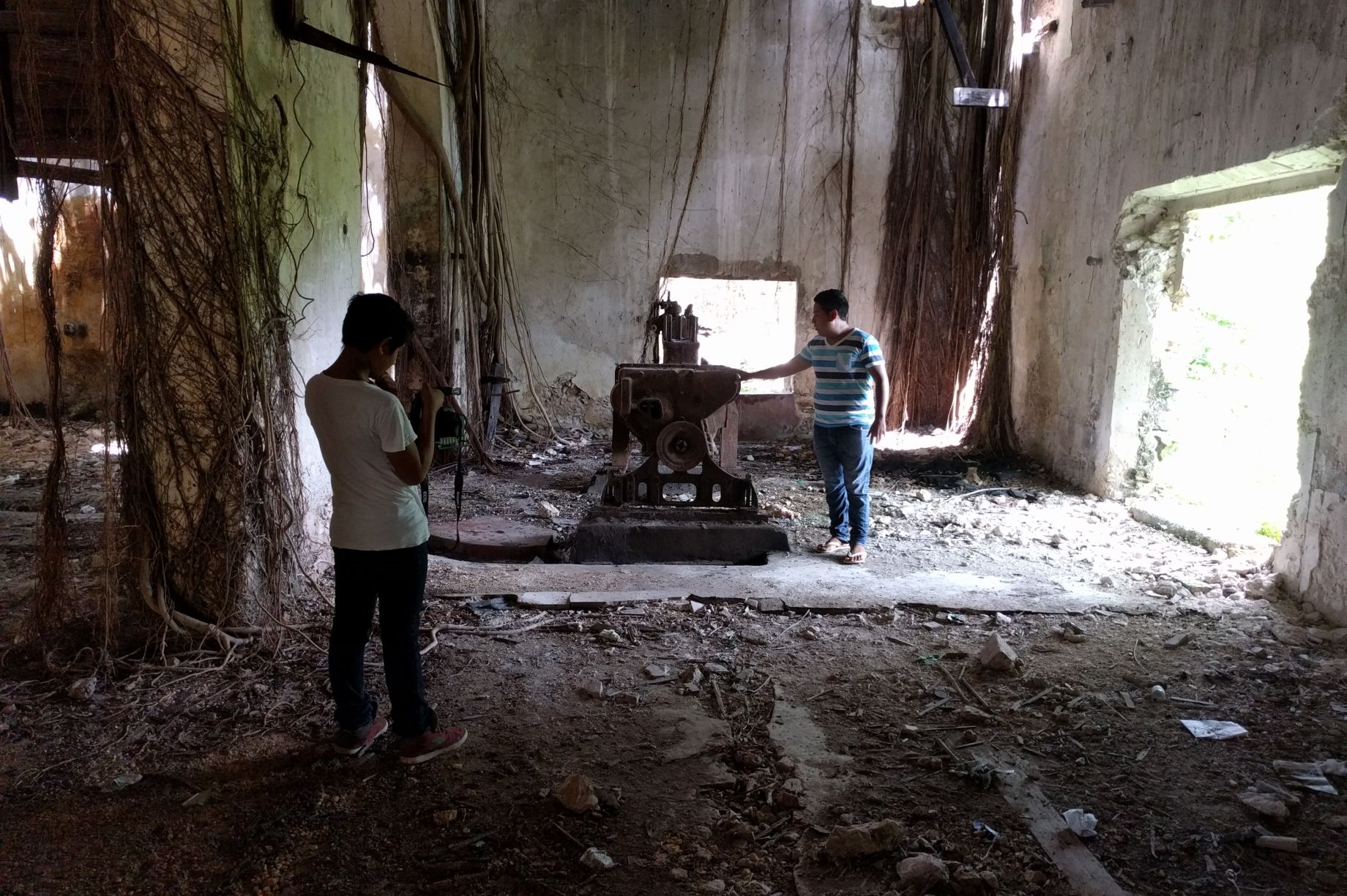In an era where digital media pervades our daily lives, the convergence of youth engagement and storytelling through film presents a rich avenue for personal expression and communal dialogue. But have we ever pondered how the Bahá’í teachings can illuminate this path? The challenge arises: how can one channel the inherent creativity and advocacy of youth to narrate their stories through the art of filmmaking while embedding the principles of unity and compassion that Bahá’í teachings espouse?
The foundational tenets of the Bahá’í faith emphasize the importance of service to humanity, the pursuit of knowledge, and the role of youth as harbingers of change. This framework offers profound guidance for empowering young filmmakers to articulate their unique experiences and perspectives. By nurturing a robust understanding of these principles, youth can harness the power of film as a medium to foster connection, understanding, and change.
At the heart of Bahá’í teachings is the ideal of oneness of humanity. This principle urges young storytellers to craft narratives that transcend national, cultural, and ethnic boundaries. By embracing diverse perspectives, filmmakers can create works that resonate universally, telling stories that reflect common struggles and victories. The art of filmmaking becomes not merely a personal endeavor but a collective journey towards mutual understanding. How can filmmakers ensure that their stories reflect the rich tapestry of human experiences while still honoring their individual narratives?
Furthermore, youth are often at the forefront of societal innovation, brimming with energy and enthusiasm. This intrinsic dynamism is vital in addressing contemporary challenges through film. The teachings encourage young individuals to recognize the importance of consulting with one another, amalgamating their ideas, and developing a cohesive artistic vision. This consultative process not only enriches the storytelling but also cultivates an environment where differing viewpoints are valued and integrated. Could it be that collaborative filmmaking is the future of storytelling in the age of digital connectivity?
Moreover, film as a medium provides a unique platform for us to engage with social justice themes which are deeply rooted in Bahá’í teachings. Films can shine a light on issues such as poverty, inequality, and the quest for education, creating a dialogue around these pressing matters. Young filmmakers can assume the mantle of storytellers who both entertain and educate, challenging societal norms while providing a vision for a more just and inclusive world. How can these young artists effect change through their narratives, prompting audiences to reflect on their values and actions?
In addition, the role of mentorship cannot be understated in fostering young filmmakers. Established filmmakers, educators, and community leaders can provide guidance, facilitating skill development and artistic exploration. The Bahá’í community places a strong emphasis on education and lifelong learning, thereby encouraging youth to pursue their passions in filmmaking rigorously. Mentorship can serve as a bridge, connecting the dreams of aspiring filmmakers with the knowledge and experience necessary to navigate the complexities of the film industry. What are the ways in which mentorship can inspire creativity and resilience among young filmmakers?
Another crucial aspect is the utilization of technology in filmmaking. The rapidly evolving digital landscape has democratized film production, enabling youth from various backgrounds to share their stories. The availability of affordable tools and platforms allows for unprecedented creativity and expression. Yet, with this access comes a responsibility to use these tools mindfully. The Bahá’í teachings advocate for ethical conduct in all endeavors; thus, filmmakers must remain cognizant of the messages they convey and the impact their work may have on society. How can young filmmakers balance creativity with responsibility in their storytelling?
Furthermore, fostering a supportive community is vital in nurturing young talents. The Bahá’í community exemplifies a model of inclusivity, where individuals are encouraged to support one another’s endeavors. By cultivating spaces for open dialogue, screening events, and workshops, communities can bolster the confidence of young filmmakers, celebrating their achievements and offering constructive criticism. This collective support enhances not only the quality of the films produced but also the personal growth of the filmmakers. In what ways can communities engage more effectively to promote the art of filmmaking among their youth?
Lastly, filmmakers must recognize the transformative power of storytelling. Films have the capacity to change perceptions, challenge stereotypes, and promote empathy. When youth are empowered to share their stories, they can contribute to a culture of understanding and compassion. By fostering an awareness of the interconnectedness of all humanity, filmmakers can inspire audiences to take action in their communities. This embodiment of the Bahá’í principle of service underscores the profound social impact that narratives can achieve. What legacies do young filmmakers wish to leave for future generations?
In conclusion, empowering youth to share their stories through film, enriched by Bahá’í teachings, presents a multifaceted opportunity for collective growth and understanding. The path is paved with challenges, creativity, and collaboration, yet it offers the promise of profound impact. As young filmmakers embark on this journey, they are not merely telling their stories; they are weaving narratives that hold the potential to transform societies, bridge divides, and inspire lasting change. Thus, it becomes imperative for communities, mentors, and aspiring filmmakers to engage deeply with the teachings that underpin this noble endeavor, fostering a generation that will use film as a tool for both self-expression and social progress.
